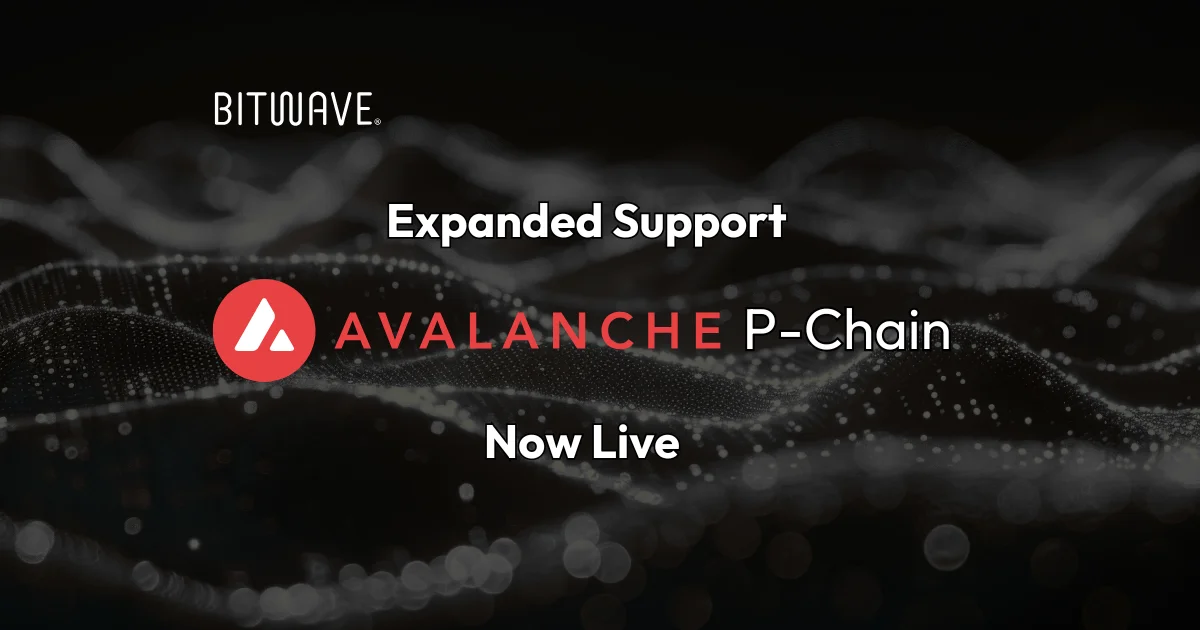
Decentralized finance has pushed the boundaries of existing technology and changed the way we think about money. With each advancement, new practices are employed to merge cryptocurrency and the blockchain with our traditional financial structures and regulations. And the age-old financial accounting methods are being adapted to better fit consensus mechanisms such as “proof of stake” (PoS) validation.
What is Proof of Stake?
Proof of stake is a mechanism used to validate transactions on the blockchain. In simple terms, the blockchain is a depository of information. To function properly, the blockchain network must be capable of validating transactions. And Proof of Stake has emerged recently as a more secure and environmentally-friendly alternative to the “proof of work” validation method. When the proof of work method is employed, many “miners” compete against one another to validate transactions. The proof of stake method operates differently than proof of work by using an algorithm to select a single “validator” to verify transactions. Validators must offer up collateral in a process called “staking” to help ensure that they validate transactions quickly and accurately. And, if the validator verifies the transaction correctly, they will receive a reward in the form of native crypto.
Admittedly, the proof of stake validation mechanism can be a bit challenging to grasp at first. According to Mackenzie Patel, CPA and Senior Revenue Accountant at Figment, a PoS blockchain operates similarly to an orchestra. Like an orchestra, the proof of stake blockchain is comprised of many players with different roles and a single conductor. The primary players in the Proof of Stake orchestra are the transacting users, the validators, and the delegators, while the single conductor is the blockchain’s protocol code.
The transacting users are simply people or businesses trying to execute a transaction on the blockchain. While many types of transactions use blockchain technology, the most common example involves the transfer of cryptocurrency from one person to another. In this example, the person sending crypto and the person receiving crypto are both transacting users. But in order for their transfer of cryptocurrency to be executed, it must first be validated.
At this point, an algorithm selects a validator to verify the transaction (the transfer of cryptocurrency). The validator offers an amount of native crypto as collateral to ensure that they will use computer power to validate the transfer quickly and accurately. If the validator does the job correctly, a new block is added to the blockchain, the transfer is validated, and the validator receives the collateral back along with an additional reward of native currency.
In some instances, validators operate pools comprised of other cryptocurrency holders called delegators. The delegators participate by offering their crypto to the pool and delegating the validator to act on their behalf. This process benefits both the validator and the delegators. The validator benefits because they now have more crypto to offer as collateral (the algorithm favors validators that offer higher collateral). And the delegators benefit because they can now engage in crypto staking without having to actively validate transactions themselves.
As compensation for offering their crypto to the validator, the delegators each receive a portion of the validation reward. For the delegators, the staking process operates much like an interest-bearing savings account. And finally, tying back into the orchestra analogy, the blockchain’s protocol code has been conducting this entire proof of stake process.

Proof of Stake vs. DeFi Staking
Now that we have defined the Proof of Stake mechanism, let’s consider how it differs from another common practice called DeFi staking. DeFi staking has two different definitions. The first and more narrow definition of DeFi staking describes a process that is similar if not the same as the PoS staking process described above. However, the second definition of DeFi staking is much more general. It refers to all kinds of decentralized finance activities that involve the temporary commitment of crypto assets in exchange for rewards.
The main differences between proof of stake and the more general definition of DeFi staking involve network security, responsibilities, and liquidity. The primary purpose of Proof of Stake is to secure the blockchain network. Without proof of stake or its alternative, proof of work, the blockchain network could not function with the level of security it enjoys today. DeFi staking activities, on the other hand, do not contribute to network security and are more focused on achieving individual gain for the investor.
Proof of stake and DeFi staking also differ with regard to their level of responsibility. Proof of stake validators accept a high level of responsibility as part of their role in maintaining network security. For example, validators must satisfy uptime requirements, vote on active governance proposals, and ensure that all relevant software is upgraded. DeFi staking activities do not require the same level of responsibility or active participation from users.
The third main difference between proof of stake and DeFi staking involves liquidity. As previously mentioned, Proof of Stake validators contribute to network security. They do this by locking up collateral to ensure that transactions are validated quickly and accurately. While this process contributes to overall network security, it has the side effect of limiting liquidity for validators. In contrast, individuals that engage in DeFi staking often do so to gain additional liquidity.
6 Accounting Considerations for Proof of Stake Validators
PoS validators are trendsetters in many regards. And the same is true of those tasked with their financial accounting. With each new advancement in cryptocurrency and blockchain technology, a new set of challenges emerges for accountants to solve. Presently, one of the most significant issues in crypto accounting involves the fallacy of network data.
Many people assume that the blockchain is an all-seeing, all-documenting technology, and in some ways, it is. However, the blockchain is really just a permanent record of letters and numbers that only makes sense to experienced coders. Yes, the blockchain can be examined with block explorers like Etherscan, but the information gathered there is still not comprehensible to most people. Unfortunately, it is difficult for financial accountants to gather information from block explorers and use that information in a meaningful way to create and maintain financial records.
The second and perhaps most significant challenge facing accountants in the cryptocurrency space is revenue recognition. The main steps involved in revenue recognition are:
1. Identify the contract
2. Identify the performance obligations
3. Determine the transaction price
4. Allocate the transaction price
5. Recognize the revenue
By taking a closer look at the first step, we can better understand what crypto accountants are up against. The directive is simple - identify the contract. But what sort of contract is involved in a blockchain transaction, and who is the validator’s customer?
Typically, formal contracts are not involved when it comes to blockchain transactions. There is an implied understanding that validators will be rewarded for successfully validating transactions, but there is no specific contract to point to. And even if there were, who would be the other contracting party?
There are many parties involved in a transaction on the blockchain. In theory, the validator’s customer could be the transacting users, the delegators, or the protocol code itself. It could be one of these parties or a combination of all three. At this time, the answer is not clear. Similar questions emerge with each successive step in the revenue recognition process.
The crypto accountant must also determine at what point in the transaction process the revenue should be recognized. For the validator, revenue is the native crypto reward that they receive after successfully validating a transaction on the blockchain. But should the accountant recognize staking rewards at the moment the rewards are earned or the moment the rewards are claimed? In this instance, the answer is clear - the rewards should be recognized when they are earned. As previously mentioned, however, finding historical data on the blockchain is quite difficult. As a result, many accountants are forced to forego best practices and recognize the revenue at the moment it is claimed.
In addition to general questions surrounding revenue recognition, there are also challenges specific to certain blockchains. For example, what is the best way to account for staking rewards earned on the Beacon Chain? Like many aspects of crypto accounting, the answer involves several options. The simplest way to account for rewards on the Beacon Chain is to account for them in the same manner as you would on any other chain. The second, and more conservative approach, is to book a token’s receivable and accrued revenue while taking into account current expected credit loss.
Embedded Derivatives vs. Impairment
In accounting, impairment is an expense that occurs when an asset has dropped below its cost basis. Therefore, the impairment of a digital asset can be thought of as an accounting procedure intended to measure and account for the reduction in the asset’s value. In practice, this means that cryptocurrency assets must be continually written down to whatever the lower fair value is at the time and that the assets can’t be written back up even if the crypto market is in the midst of a bull run.
An embedded derivative is a derivative within a host contract that is itself not a derivative. According to embedded derivative guidance contained in U.S. GAAP, it is possible to recognize unrealized gains for cryptocurrency if the crypto's value goes up between contract inception and contract settlement. The big takeaway here is that the treatment of crypto under impairment and the treatment of crypto under embedded derivative guidance are conflicting. Proof of stake accounting could benefit from improved guidance in this and many other areas.
Bitwave to the Rescue!
Cryptocurrency, proof of stake, and the blockchain are tremendously exciting new technologies that have the potential to change the world. But being at the forefront of advancement is not always easy. And this is particularly true when it comes to the accounting of staking rewards. The accounting process can be a highly complex and time-consuming exercise. At Bitwave, we have the solution! Our accounting tools can simplify the process, help to ensure you are using the current best practices, and get you back to raking in your rewards.


Disclaimer: The information provided in this blog post is for general informational purposes only and should not be construed as tax, accounting, or financial advice. The content is not intended to address the specific needs of any individual or organization, and readers are encouraged to consult with a qualified tax, accounting, or financial professional before making any decisions based on the information provided. The author and the publisher of this blog post disclaim any liability, loss, or risk incurred as a consequence, directly or indirectly, of the use or application of any of the contents herein.







